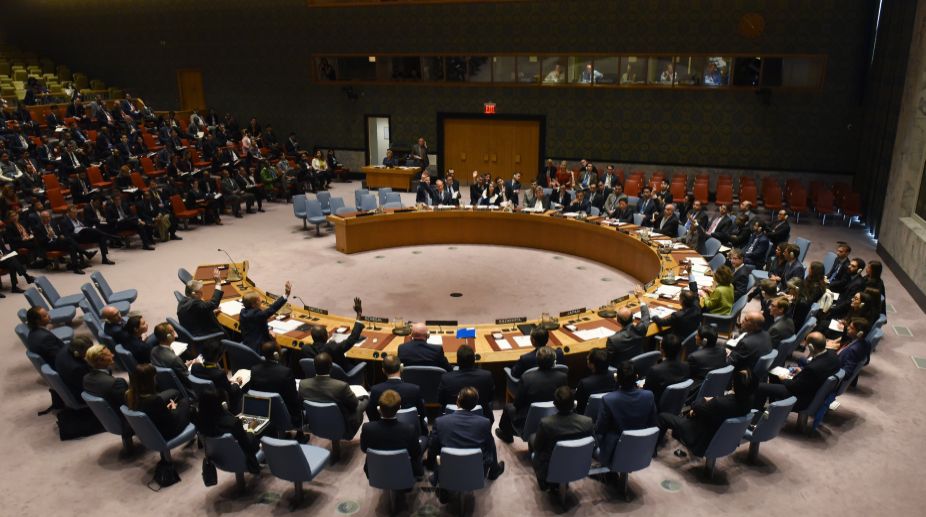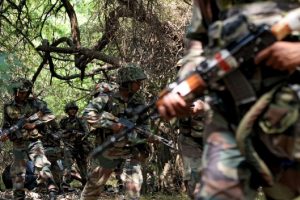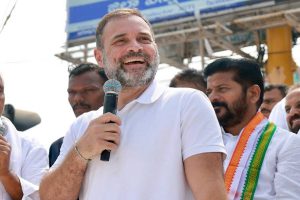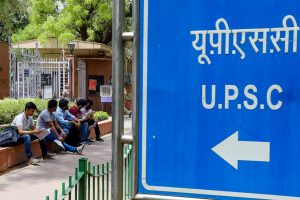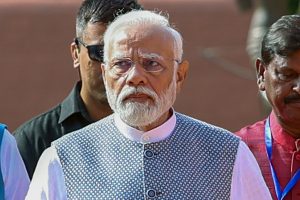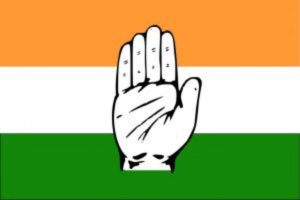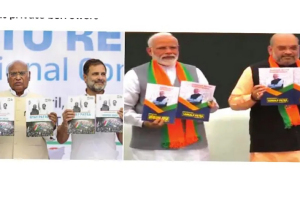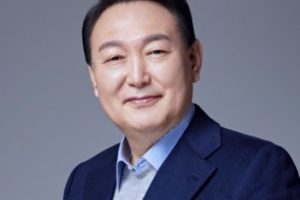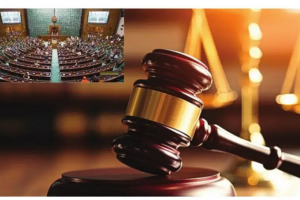At a recent event organised in Washington by the US-India Friendship Council, the US Ambassador to the UN, Nikki Haley, said that the key to India becoming a permanent member of the Security Council is “not to touch the veto”. She could not have been more spot-on in terms of reality. Her statement that the permanent five (P-5) members of the Security Council ~ Russia, China, UK, the US and France ~ are reluctant to forego their right to veto might be a bitter pill for India to swallow.
The fact of the matter is that reform of the Security Council would mean amendments to the Charter, and this is liable to be opposed by the US and Britain. Both countries are against radical reform and particularly against any loss of veto power.
The United States has for long been a supporter of India’s claim to a permanent seat in the Security Council. India has practically been catapulted to the enviable position of a sixth nuclear weapons state, if not eventually within the NPT system. India’s refusal to sign the NPT because it included specific prohibitions on developing countries and vague disarmament and technology transfergoals. Without the US backing, matters could have been more difficult than they actually turned out to be. However, India’s membership of NSG was blocked by China and we were livid that it was grounded on a premise of exception.
The position of privilege accorded to the veto-wielding P-5 nations made both India and Pakistan cite the discriminatory nature of global non-proliferation rules as part of the context for their decision to manufacture nuclear weapons, besides other regional imperatives. Neither was willing to accept that the veto powers would relate only to nuclear weapons, particularly when the nuclear powers were not committed to the NPT in order to move towards nuclear disarmament.
On the flip side, the power of veto is to forestall collective action against Sudan or North Korea by China; against Iran by Russia; against Israel or Pakistan by the US, thereby preempting consensus on when terrorism, weapons proliferation, and human rights violations warrant the Council’s action. There is also an anomaly. While the US claims the right to use preventive force against what it considers to be ‘credible’ threats, it argues that others engaged in similar actions ~ India invading Pakistan, China invading Taiwan, or Russia invading Georgia ~ would endanger international security.
The historical ‘precedent’, specifically on the need for strong institutions after World War II led to the Covenant of the League of Nations. Certain privileges were acorded to the ‘Great Powers’ even at the expense of sovereign equality. This influenced the negotiations that led to the UN Charter. This was exploited by the ‘Great Powers’ in their favour.
At the Dumberton Oaks conference, the US, the UK, the Soviet Union, and China reached an agreement on the general shape of the Security Council, but negotiations over voting arrangements, especially over the extent of the veto, were prolonged and difficult. None of the ‘Great Powers’ was willing to accept, and they signalled their position at the San Francisco conference. Tentative proposals by many smaller states to limit the veto, the role of the permanent members of the Council, or its powers as such were vehemently resisted.
Australia’s proposal to exclude the veto from all arrangements relating to a peaceful settlement of disputes was put to vote, but it failed to garner enough support. In fact, more far-reaching attacks on the veto came to naught time and again because of the privileged position of the ‘Great Powers’. It was presented as a sine qua non by the sponsoring powers. The smaller countries soon realised that it was a choice between an organisation with ‘Great Power’ privilege or, none at all. The reform of the Council in 1965 only resulted in an increase in nonpermanent members, and in the 1990s, attempts to abolish the veto soon gave way to greater realism. Even if numerical expansion of the institution complicated the exercise of ‘Great Power’ dominance, in formal terms they hardly compromised on the voting power of the permanent members.
No new veto rights have been put in place. Nikki Haley’s comment, therefore, dwells on a certain structural immobility that is inherent in the United Nations, most particularly the Security Council. Neither reform of the Charter nor any change in the Council’s composition can materialise without the consent of every member of P5.
However, much of the blame for the failure of reform proposals over the decades can be attributed to P5 and its recalcitrance to shed or share power, differences among regional groups of states over whether the new members actually represent their regions (and if so, through what mechanism), or would they simply be from those regions.
These factors have contributed to what has been called a “reform logjam”, exemplified by Pakistan’s opposition to India’s candidature and China’s against Japan’s. The existence and scope of the veto power, alongside the appropriate number of permanent and non-permanent members and the number of votes required to pass resolutions have been central to the idea of reforming the composition and procedures of the Security Council durings 1963-65. This led to changes in the number of nonpermanent members during 1993-97.
In 2005 two options relating to reform were proposed. Both envisaged the expansion of the Security Council from 15 to 24 members. In one model, six new permanent members were proposed ~ two from Asia (with India and Japan being leading contenders); two from Africa (where the main contending states were Nigeria, South Africa, and Egypt); one from Europe (Germany); and one from the Americas (a slot Brazil was primed for). Besides, there would be three new non-permanent members on a non-renewable two-year term.
The other model envisaged no new permanent members, but instead a new category of eight semi-permanent members elected on a regional basis for a renewable four-year term; and one new non-permanent member on a non-renewable two-year term. The negotiations over both models fizzled out. Neither option involved any change in the number of vetowielding powers. In a multilateral entity like the UN, India should persuade the US to sacrifice the veto power, and then convince the other four to do the same.
The extent to which great power privilege is institutionalised in the UN Charter is exceptional in the comity of nations and anathema to the democratic spirit. The basic point is exceptionalism which is actually a culture of privilege. The veto power remains the prerogative of the five permanent members. This no longer has as much relevance to the balance of superpower interests as it did in the context of the Cold War.
In the 21st century, it is an anachronistic privilege, used too often to undercut one another or for narrow national interests. The veto has reached its sell-by date.
(The writer is a Kolkata based commentator on politics, development and cultural issues)

